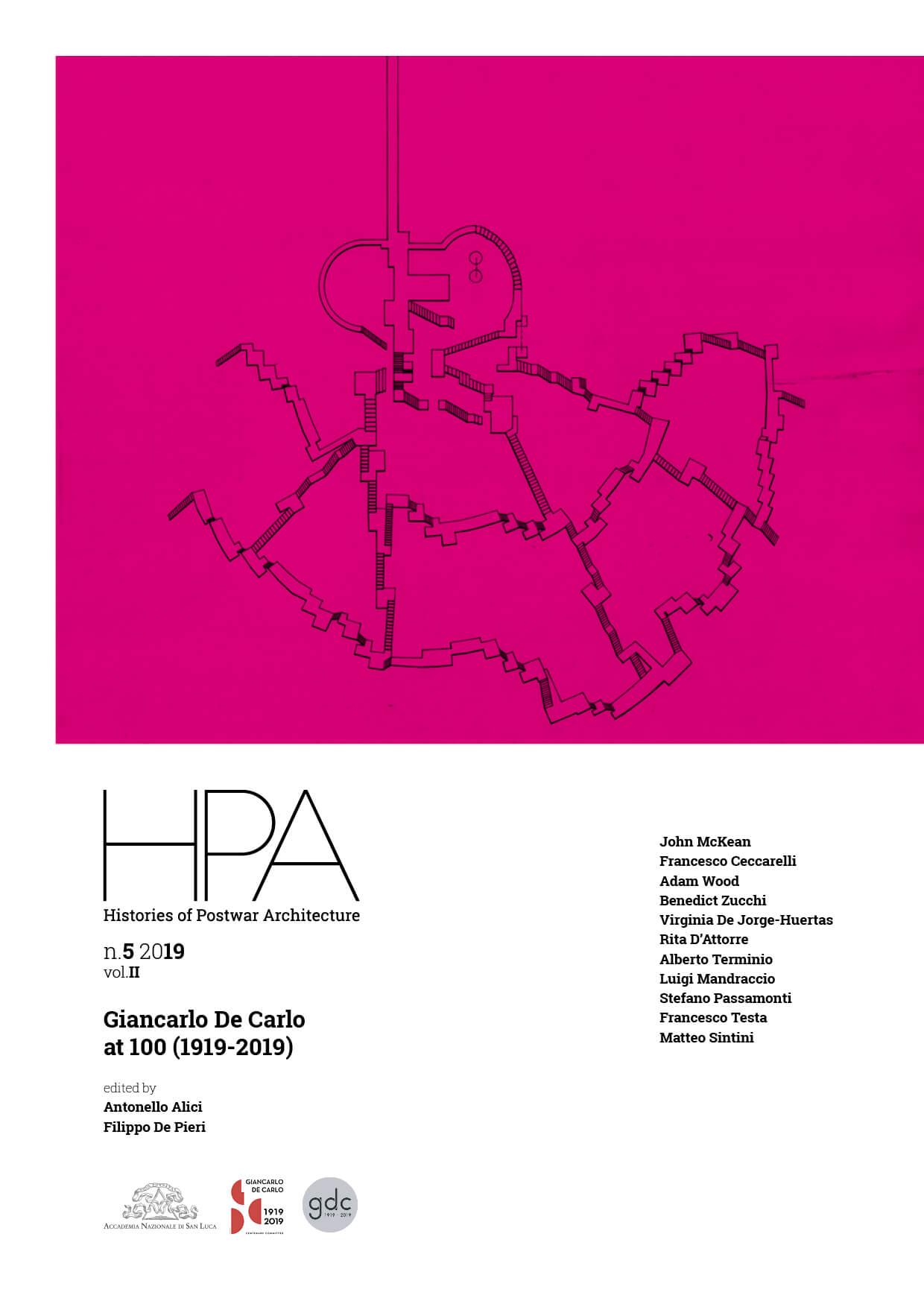Domestic Action: Living in a House for Jumpers Giancarlo De Carlo’s House for Sichirollo: Ca’ Romanino
DOI:
https://doi.org/10.6092/issn.2611-0075/10691Keywords:
Urban Design, Physical Geography, Urban Planning, Giancarlo De Carlo, UrbinoAbstract
This essay interrogates domesticity in a rare example of a dwelling designed by Giancarlo De Carlo.
What makes a Modernist home? Le Corbusier was horrified at how the dwellings of his idealised alpha males contradicted their active lives, being stuffed (as he saw it) with sham and bric-a-brac.
So how does De Carlo represent domesticity for his academic philosopher client? Is Schindler’s paradigm ‘Shelter or playground’ a useful caption for this De Carlo house outside Urbino?
If philosophy is seen as mental gymnastics (the trope of Stoppard’s play ‘Jumpers’), is this realised in the literal gymnastic ‘climbing frame’ of Casa Sichirollo? De Carlo scorns an interior design which ‘completes’ or forms a role for the client. Here, designing with a humanist, phenomenological focus more on events than objects, his client becomes active subject rather than the passive object of his dwelling.
Philosophical ideas from the sessantotto times which produced Casa Sichirollo underpin the argument developed here, particularly philosopher Roger Poole’s Towards Deep Subjectivity which the author found in De Carlo’s library.
Adolf Loos’ wariness of photographs was a sense which De Carlo shared, turning architectural experience in the complexity of space and relying on bodily movement in time, into visually beguiling surfaces. This essay, largely without pictorial imagery, is followed by a gallery of images without verbal explanation.
Downloads
Downloads
Published
How to Cite
Issue
Section
License
Copyright (c) 2020 John McKean
The copyrights of all the texts on this journal belong to the respective authors without restrictions. Authors grant to the journal a non-exclusive right to publish their work.
This journal is licensed under a Creative Commons Attribution 4.0 International License (full legal code).
See also our Open Access Policy.






